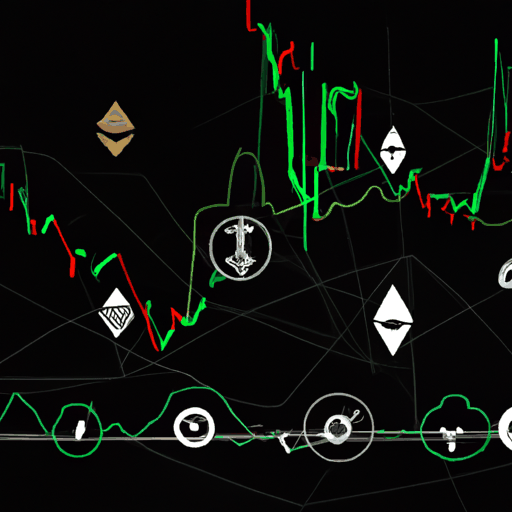
CME to Launch 24/7 Trading for Crypto Futures in 2026
By: Isha Das
The Chicago Mercantile Exchange (CME) Group has announced plans to introduce 24/7 trading for its cryptocurrency futures, specifically Bitcoin and Ethereum, starting in early 2026. This move, pending regulatory approval, marks a significant shift in how liquidity will flow between traditional finance and crypto exchanges, effectively aligning with the 24/7 nature of the crypto market.
Currently, CME futures trade from Sunday to Friday, with maintenance breaks similar to its equities and commodities markets. This schedule had been causing the so-called 'CME Gap' — a price disparity that occurs when the spot market continues to trade over weekends, leading traders to anticipate that the chart gaps will fill when the CME market reopens. By transitioning to a 24/7 model, these gaps will potentially become obsolete, altering trading strategies and market behavior significantly.
In the third quarter of 2025, the CME reported its second-highest quarter on record for crypto futures, demonstrating substantial involvement in the crypto space. The introduction of non-stop trading reflects evolving client demands from asset managers and corporations seeking risk hedging options during volatile periods, particularly over weekends and during Asian trading hours. This change is poised to harmonize crypto and traditional finance markets further, facilitating continuous hedging and arbitrage strategies for institutional traders across global markets.
Meanwhile, in another development within the crypto futures market, Bitcoin futures have reached record-high levels of open interest, hitting an unprecedented $88 billion. This surge has prompted concerns about a potential 'liquidity flush,' which analysts predict might occur within the coming weeks. The elevated open-interest levels signal burgeoning liquidity around Bitcoin’s current price point, as traders position themselves on either side of the market, potentially paving the way for market corrections or significant price movements.



